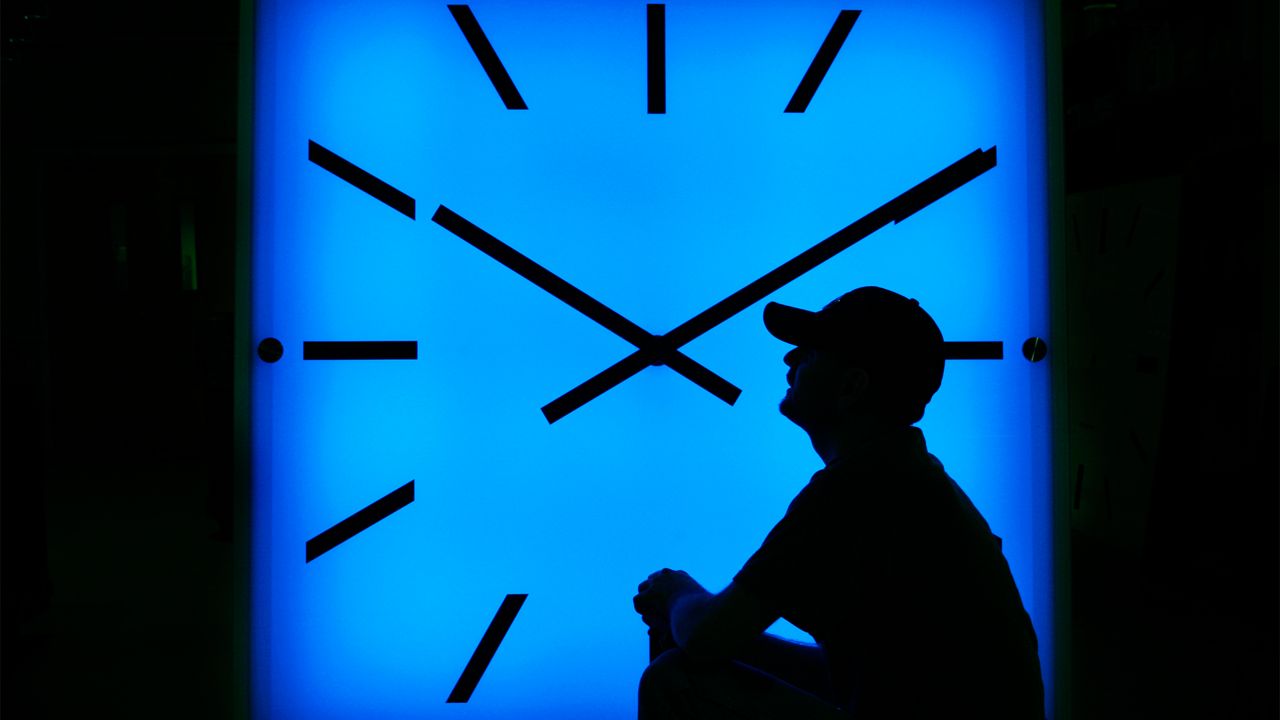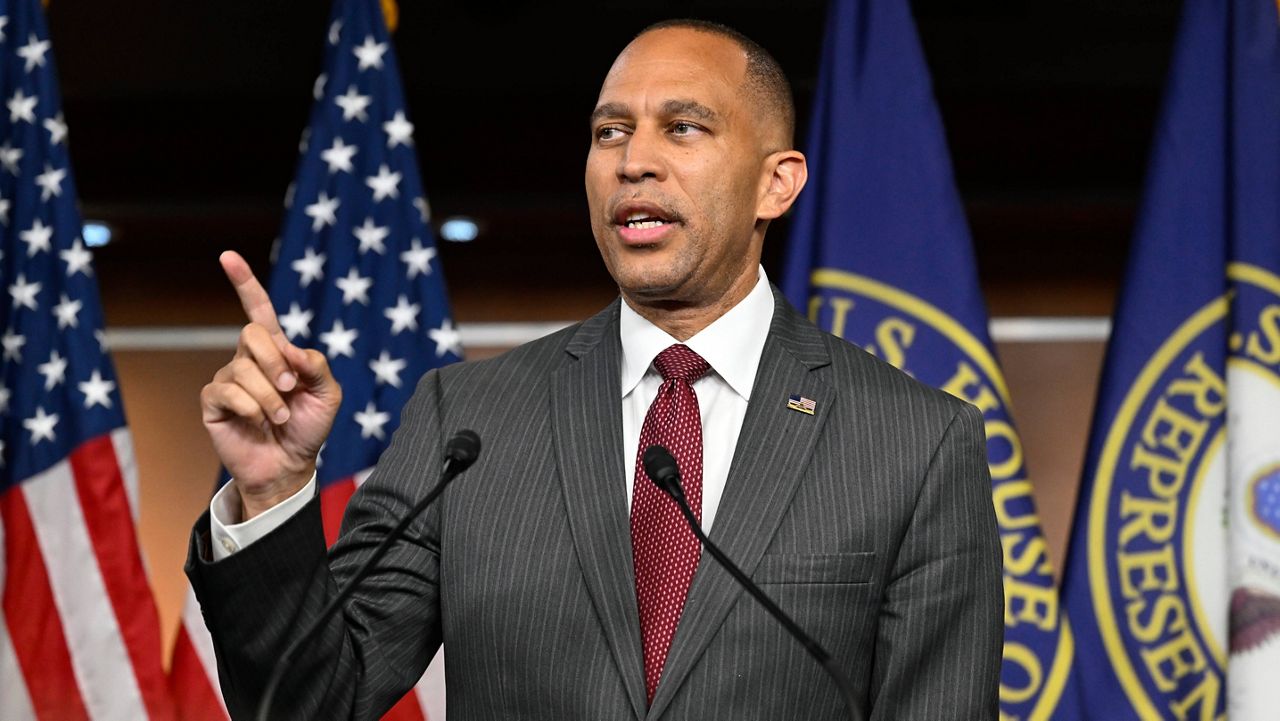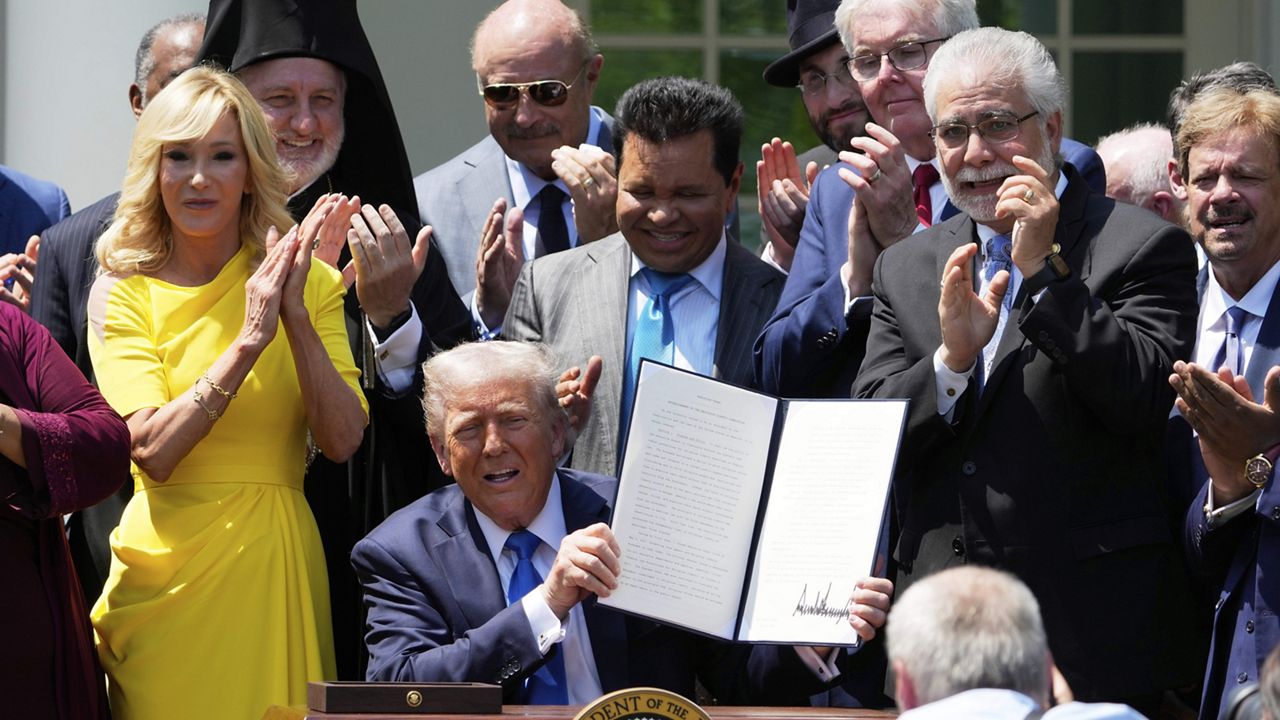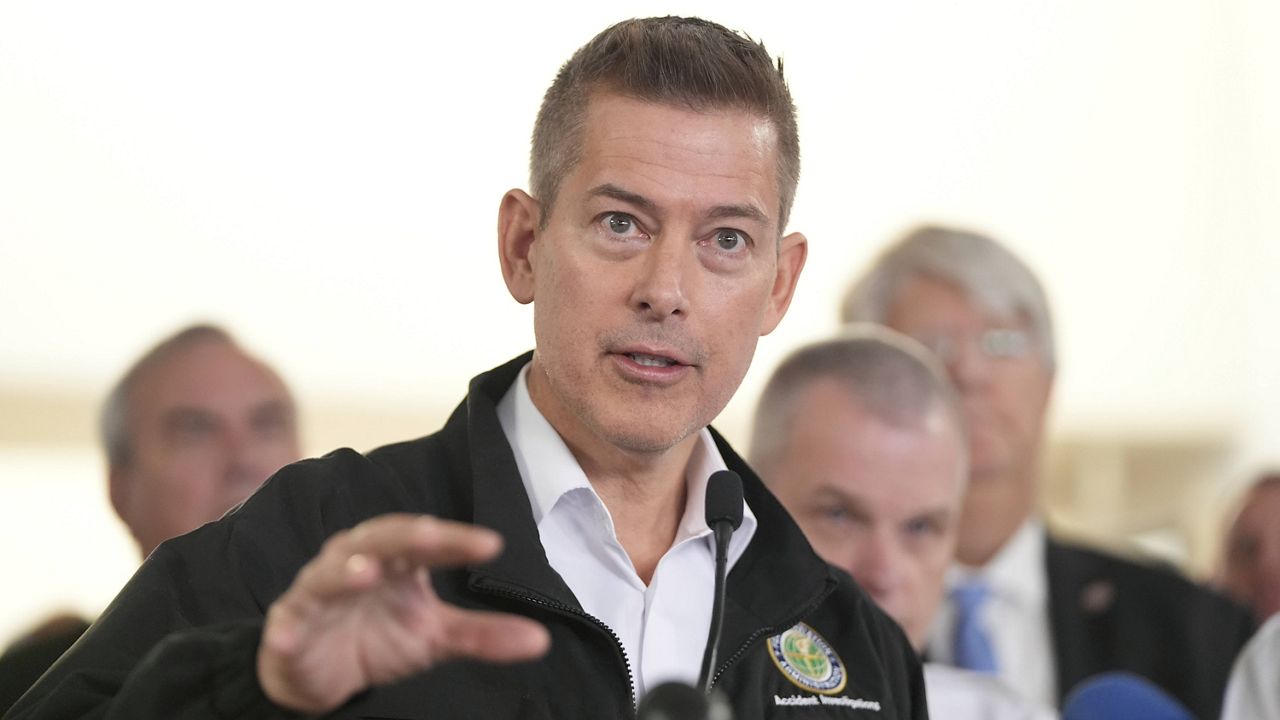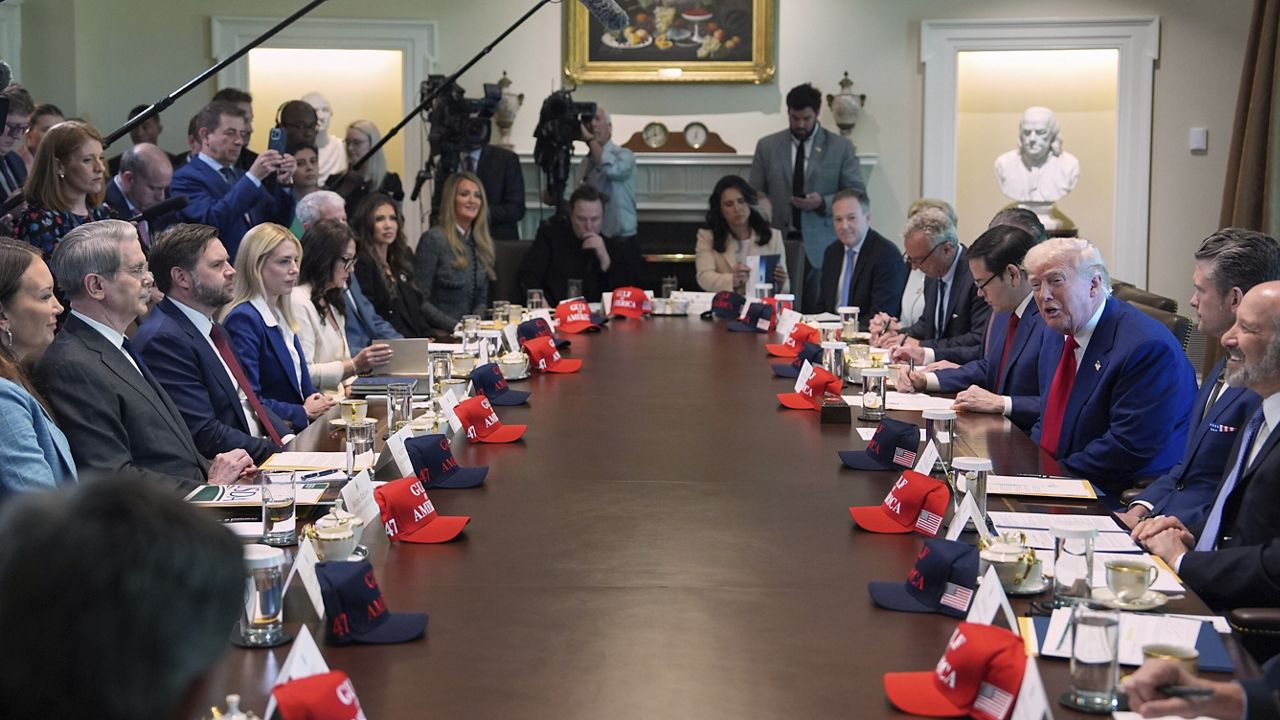WASHINGTON — A majority of Americans want to do away with the annual change to daylight saving time, according to a new poll released just days before most of the country will move their clocks ahead an hour to “spring forward” on Sunday.
It comes after the years-old push to end the practice received new life late last year when it received then-President-elect Donald Trump’s backing.
A Gallup survey conducted from Jan. 21-27 found 54% of those polled are not in favor of daylight saving time, a significant increase from the 23% who were not in favor of it when the organization last did a poll on the topic in 1999.
The switch to daylight saving time takes place in March, when most Americans move their clocks ahead one hour, resulting in more sunlight in evenings in the summer months until November, when time falls back into standard time, creating earlier sunrises and less light at night.
According to the survey, 48% favor staying in standard time, observed by most of America from November to March, throughout the entirety of the year while 24% prefer sticking with daylight saving time. Nineteen percent want to continue switching.
The preference of ending daylight saving time is similar between Americans under and over 45 years old as well as those with and without a college degree. Where there is a notable difference in preference, according to Gallup, is between income groups, with 53% of lower-income Americans favoring daylight saving time compared to much smaller percentage of middle- and higher-income Americans who do.
The concept of moving the clock ahead an hour was first used during World War I, but it wasn’t until an act of Congress, called the Uniform Time Act, in 1966 that the practice became regularly observed in the U.S. Since then, there have been changes to the practice, but it has been observed largely the same since 2007.
Every state except Hawaii and most of Arizona, which stay in standard year-round, follow the annual time shift.
This year, the change falls on March 9, meaning when most Americans wake up Sunday, their phones will have jumped an hour ahead, resulting in a loss of 60 minutes of sleep. But this year’s time change also comes months after Trump pledged that his party would deploy its “best efforts” to eliminate the switch in March.
“The Republican Party will use its best efforts to eliminate Daylight Saving Time, which has a small but strong constituency, but shouldn’t!” he wrote in a post on his social media site Truth Social in December. “Daylight Saving Time is inconvenient, and very costly to our Nation.”
Shortly before Trump's post, Elon Musk, now an adviser to the president, responded to a poll showing Americans want to end daylight saving time and appeared to agree, calling it “annoying.”
No action has appeared to be taken on the matter in Trump’s first six weeks back in the White House, however.
There have been pushes in Congress to do away from switching the clocks. In 2022, the Senate passed a bill — backed by Trump’s Secretary of State Marco Rubio — to stay in daylight saving time year-round but it stalled in the House.
